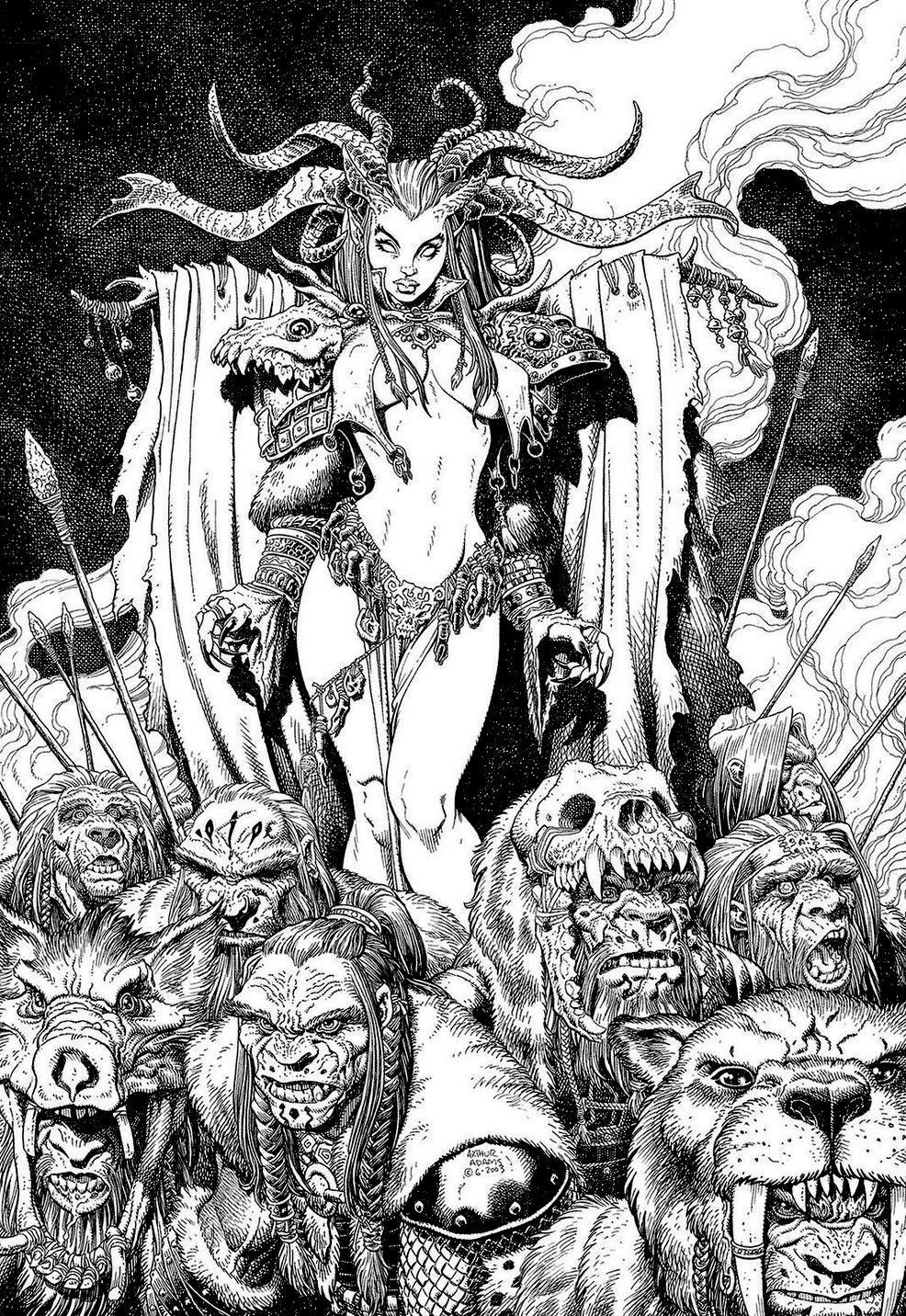(Dutch: De Legende van Yggdrasil)
Art by Don Lawrence & Script by Kelvin Gosnell
Going down into the subterranean complex, Storm and the others find an ancient teleportation station. (Apparently, they had those in Storm's time as he recognizes it immediately. Maybe he's seen one since arriving in the future.) A map shows them they can go to Sydney, which they are sure is the city in the South. The Priest is worried about the age of the equipment, but Storm says they have to risk it.
The group teleports--and finds themselves underwater! Luckily, it's not too deep, and they are able to swim to the surface. They see the lights of the "modern" City of the South nearby.
As they sneak into the city, Storm notices the Priest has disappeared. He thinks he didn't make it, but the other dinos aren't so sure. Turns out they are right, as elsewhere the Priest is brought before the human authority in the city after being captured. He gladly agrees to lead the humans to Storm and the others on the condition he gets to see Storm and Ember tortured to death!
Storm and the others try to keep a low profile. He and Ember have been going around the city is disguise, and so far they've only learned that they are being searched for. When a drunken reveler stumbles into them, the authorities are soon alerted. They run, but are found on a roof by a strange flying fortress. Wag-Nar throws a chimney at it destroying it.
It turns out to have been a trap. The Priest and his new friends fire a net from another flying fortress coming up from behind, enveloping our heroes. The authorities haul them off.
After some time in a cell, they are marched out into a large arena do fight to the death!
TO BE CONTINUED




















